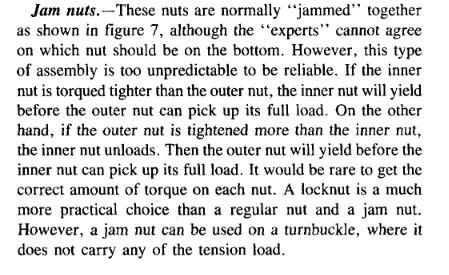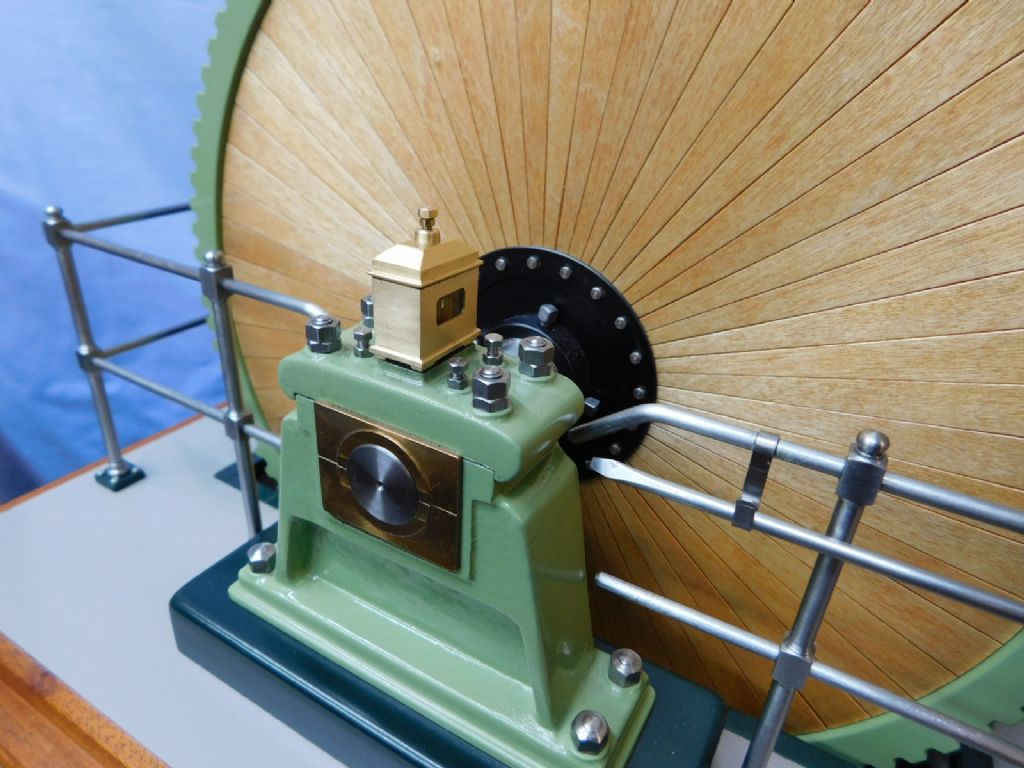Neil –
Clearly where necessary we need compromise for safety, function or practicality on a model – I am not aware BR Standard Class locos had copper boilers and brass cabs – but very often need care for fidelity. We don't use 'Nyloc' nuts on a traction-engine's motion-work, for example, but replicate its original details.
We also know a lot of the early model-engineering designs and methods raise eyebrows nowadays for fidelity and safety alike – strange how those engines were ever built and did work!
We would though use modern methods and fastenings where hidden, or on a non-model like a riding-truck or piece of workshop equipment.
'
So how to get it right if original works drawings or unaltered prototypes are unavailable?
It's wisest to look not in old hobby publications but old industrial text-books, etc, ones fairly contemporary to our replicating or restoring projects, for things like this!
As I did – and it gave three solutions to going nutty:
1) The theoretically correct thin nut first (with explanation),
2) The thin nut on top, described as common practice only because it is simpler (not needing thin spanners, which the book hints were not readily available),
and
3) Two full nuts – but my reference-book admits that looks ugly and clumsy and not always possible for space reasons, so some manufacturers used two nuts of about two-thirds full thickness. (Presumably that still allowed two ordinary spanners).
Did Amanco use pairs of two-thirds height, rather than standard full-, nuts as their original fasteners?
Edited By Nigel Graham 2 on 07/01/2022 12:18:15
 Nicholas Farr.
Nicholas Farr.





